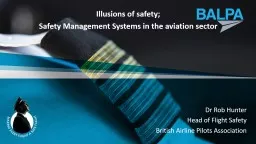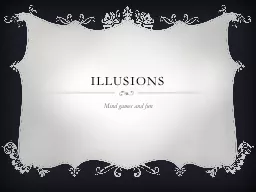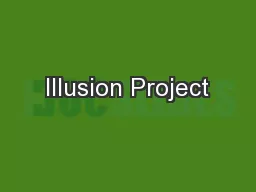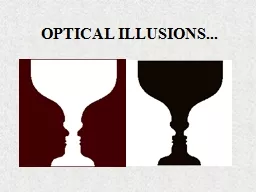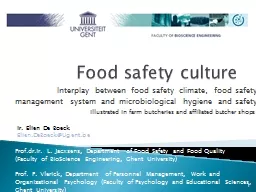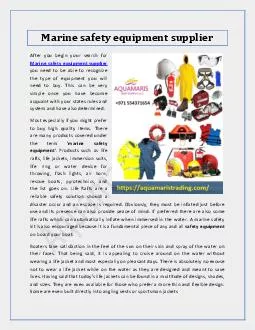PPT-Illusions of safety;
Author : conchita-marotz | Published Date : 2017-11-10
Safety Management Systems in the aviation sector Dr Rob Hunter Head of Flight Safety British Airline Pilots Association Increasing reliance on SMS for future regulatory
Presentation Embed Code
Download Presentation
Download Presentation The PPT/PDF document "Illusions of safety;" is the property of its rightful owner. Permission is granted to download and print the materials on this website for personal, non-commercial use only, and to display it on your personal computer provided you do not modify the materials and that you retain all copyright notices contained in the materials. By downloading content from our website, you accept the terms of this agreement.
Illusions of safety;: Transcript
Download Rules Of Document
"Illusions of safety;"The content belongs to its owner. You may download and print it for personal use, without modification, and keep all copyright notices. By downloading, you agree to these terms.
Related Documents

